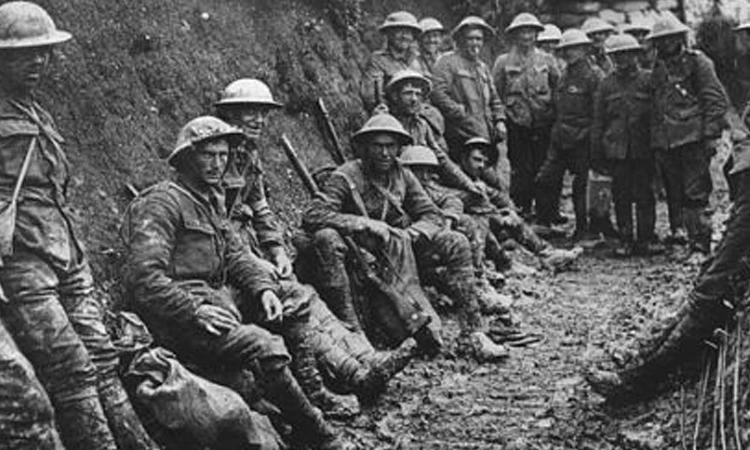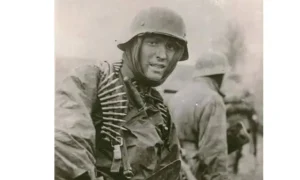116,516. That’s the number on paper. Americans lost in World War I. Sounds huge, yeah, but honestly? Kinda hard to wrap your head around. It’s just a number until you realize every single one was somebody’s kid, somebody’s best friend, some guy who probably hated Mondays and loved baseball or jazz or whatever passed for fun back then.
They all had tags, faces, stories you’ll never hear. That part gets me.
Back in 1917, when the U.S. jumped into “the war to end all wars,” nobody had the faintest clue what they were actually signing up for. Trenches that’d swallow you whole. Shells raining down like hell on earth. Poison gas no thanks. And as if that wasn’t enough, the Spanish Flu came in swinging, knocking out soldiers left and right, like some cosmic practical joke. Some guys never even made it to the front. Some never left the camps.
But here’s the thing they didn’t just disappear. They left behind pieces. Keepsakes, badges, uniforms, stuff that’s still out there, tucked away in attics or locked up in museums, waiting for someone to care.
So yeah, we could sit here and just rattle off numbers. Or, you know, we could actually dig in and see the real people behind the stats because that’s where the good stuff is. That’s what matters to historians, collectors, or anyone who thinks the past is worth more than just a footnote.
U.S. Involvement & Timeline in WW1
When World War I kicked off in 1914, the U.S. basically shrugged and said, “Not our circus, not our monkeys.” Seriously, folks weren’t exactly itching to jump into a European mess. Fast forward a couple years by 1917, things got way too spicy to ignore. German U boats were sinking ships left and right, the Zimmermann Telegram was basically Germany saying, “Hey Mexico, wanna mess with the U.S.?” and, well, our friends across the pond were getting desperate. So yeah, America finally joined the party, and history did one of those dramatic plot twists.
April 6, 1917 boom, war declared on Germany. Suddenly, it’s go time. The U.S. military started cranking up the machine, calling up the American Expeditionary Forces (AEF). By the end? Over 4.7 million Americans in uniform. That’s a whole lotta boots on the ground.
Let’s talk highlights:
1917–1918: It’s a mad dash recruiting, training, and shipping troops to France.
June 1918: Americans hit the front lines for real Château Thierry, Belleau Wood, Meuse Argonne… the works.
November 11, 1918: Armistice. The guns fall silent, but the scars? Yeah, they stick around.
Here’s the gut punch: In just 19 months, more than 116,000 Americans died. Wrap your head around that. And here’s the kicker almost half didn’t even fall in combat. Crazy, right? There’s a story behind those numbers, and trust me, it’s not all about bullets and bombs.
Military Vehicles On Miltrade.com
Total American Deaths & Casualties in WW1

Combat deaths:
53,402 American servicemen were killed in combat.
The majority of these died in France in 1918, during some of the war’s most brutal offensives including Meuse-Argonne, which took over 26,000 American lives alone.
Non combat deaths:
63,114 died due to disease, accidents, training accidents, or infections many of which never saw action at the front lines.
Total deaths:
116,516 Americans died in WW1.
Wounded soldiers:
Over 204,000 were injured, many left forever disabled mentally, physically, or both.
What’s surprising?
More American troops were killed off the battlefield than on the battlefield.
And the biggest killer wasn’t bullets it was the Spanish Flu.
In 1918, this deadly influenza epidemic swept through military camps and ships, infecting and killing tens of thousands of young, healthy men before they ever made it to the battlefield. In some months, flu deaths outnumbered war dead.
Breakdown of U.S. Military Losses in World War I
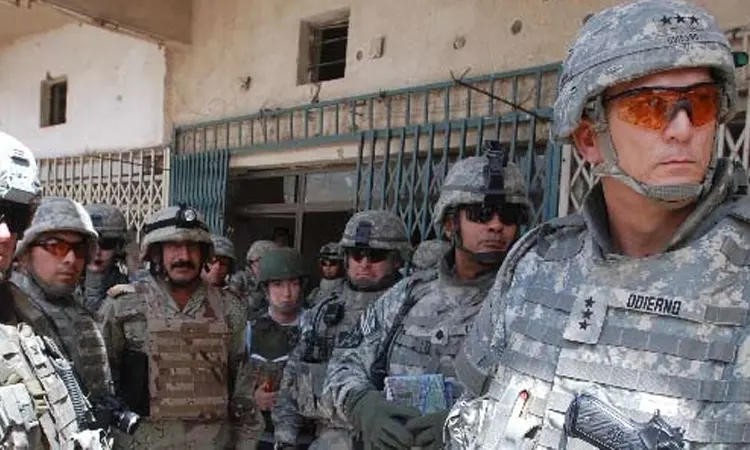
| Category | Number Affected | Details |
|---|---|---|
| Total U.S. Military Deaths | 116,516 | 53,402 in combat, 63,114 from disease or accidents |
| Spanish Flu Deaths | ~45,000 | Killed more Americans than enemy fire |
| Wounded in Action | 204,000+ | Many left physically and mentally scarred |
| Meuse-Argonne Offensive | 26,000+ deaths | Deadliest campaign for American forces in WW1 |
| Service Duration | ~18 months | Major U.S. combat operations: mid-1918 to Nov 1918 |
Why So Many Non Battle Deaths
If you believe that artillery was the most deadly weapon of World War I, reconsider.
For American forces, the deadliest enemy was not German fire but a virus.
The Spanish Flu of 1918 swept through barracks, transport ships, and training camps like wildfire and killed more individuals than many wars combined.
The impact in numbers:
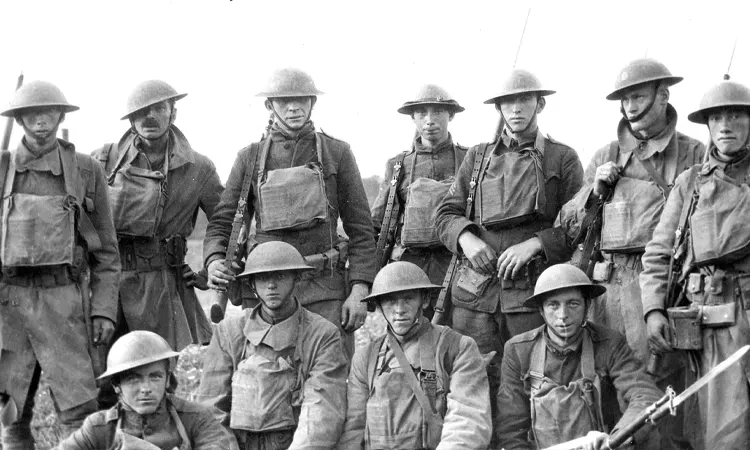
Approximately 45,000 American soldiers perished due to influenza and influenza-related causes during the conflict.
That’s nearly 40% of total American WW1 fatalities.
In a matter of months, more American troops were dying in American camps than on the French front.
How it spread so rapidly:
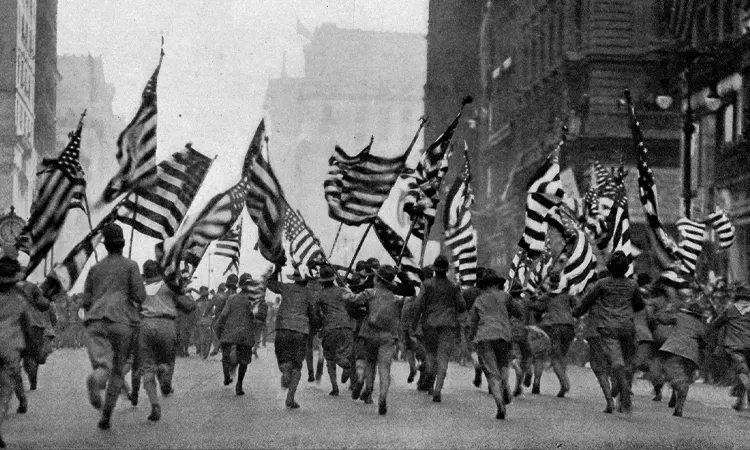
Troops crowded together perfect for viral proliferation.
Mass mobilizations and overpacked ships made transmission easy.
Medical understanding was limited, and most doctors were already abroad or bogged down.
This pandemic was an invisible battlefield, and it struck with speed.
A man may be okay in the morning… and dead by nightfall.
Casualty Breakdown & Context
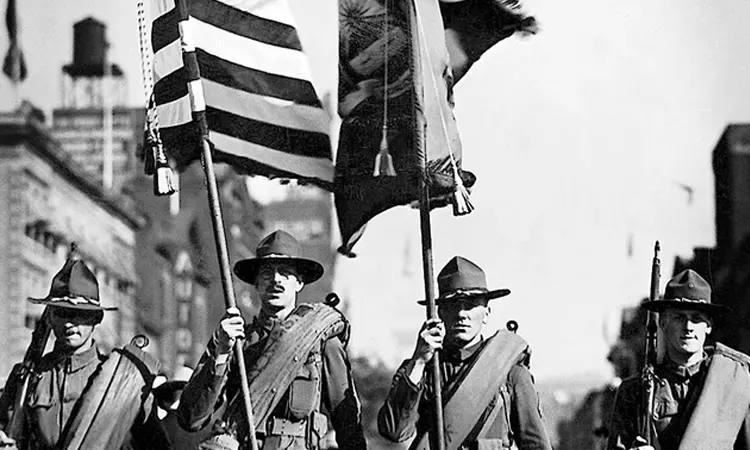
What the Numbers Really Say About America’s Role in WW1
U.S. Involvement in Brief:
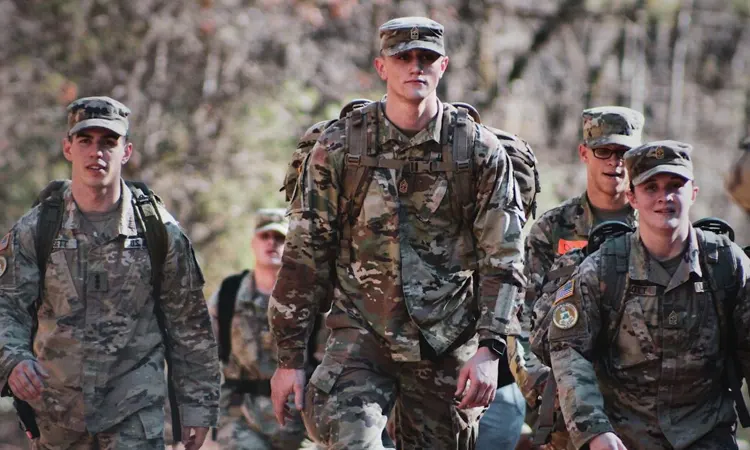
- Active combat personnel: ~4.7 million
- Killed: 116,516
- Wounded: >204,000
- Active combat span: Less than 18 months
That’s just over a year and a half:
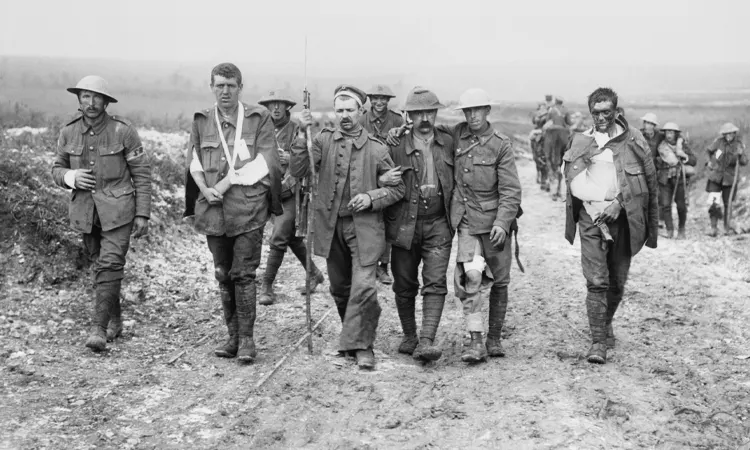
- One in every 40 U.S. service members died
- 1 in 5 were wounded or killed
- And the toll, compressed over such a short time, branded a generation that would forever be known as: World War II in Summary
Key Comparisons
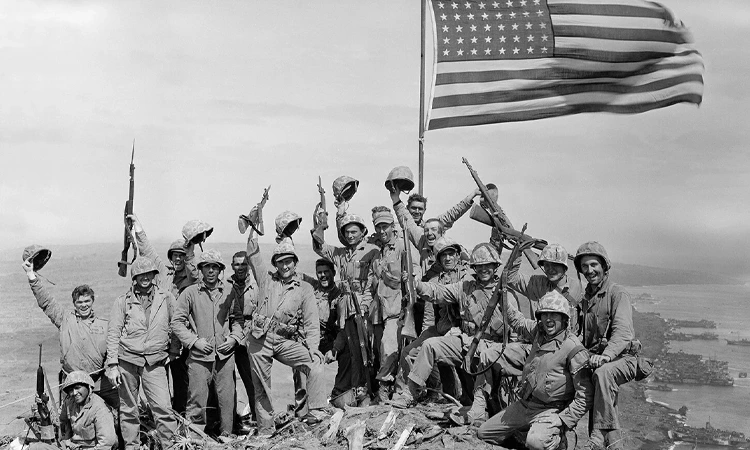
Unlike WWII, where America was in combat for nearly four years, WW1 was a flashpoint, fast, brutal, and deadly
The non combat casualties (flu and disease, etc.) made up more than 54% of all U.S. casualties
The Meuse Argonne alone saw more American deaths than the entire Korean War
This was not a slow build up this was a ghastly flashpoint.
And while the U.S. was late to the party, its contribution and its loss were deeply felt.
Even today, these figures echo in European war cemeteries… and through remnants that were left behind when the soldiers were not.
Conclusion
Over 116,000 Americans lost their lives in World War I. Yeah, that’s a huge number, but the math isn’t what punches you in the gut. It’s the echoes left behind like jackets shoved to the back of an attic, helmets with dents you know have a story, crumpled letters that never made it home. Each loss? That was someone’s kid, someone’s partner-in-crime, someone’s boss, or maybe just the guy who always snuck an extra cigarette in the trenches. In not even a year and a half, a whole generation got sucker-punched by grief.
And those people they’re not just names on some dusty plaque. You see them in the stuff they left behind. Maybe you collect this old gear to remember, maybe you’re just a history nerd, or maybe you’re trying to keep their stories from getting swallowed up by time. Either way, the Great War isn’t done talking. If you want to actually feel that history not just read about it miltrade is your shot. That’s where old relics get a second chance and the past isn’t just the past anymore.
FAQs
Did most Americans who perished in WW1 perish in battle?
Not exactly. What surprised me was that over half of them perished from non-combat related accidents flu, accidents, infections. Front lines weren’t always the deadliest location.
Why did so many American soldiers succumb to the Spanish Flu?
Dude, it just spread like wild fire. Overcrowded camps, overfilled ships, no real medical expertise it was like a war within the war.
Can still see WW1 casualty related artifacts?
Absolutely. Miltrade even had a trench helmet with battle damage and the guy’s initials still engraved inside. That’s not memorabilia it’s a message.
How did America lose so many in so short a time?
We were only in active combat for under two years, but it was a meat grinder. Meuse Argonne alone took more lives than most full wars.
What makes WW1 American gear so collectible today?
Because it’s rare, raw, and often deeply personal. You’re not just buying stuff you’re preserving the final echoes of soldiers most folks forgot.
